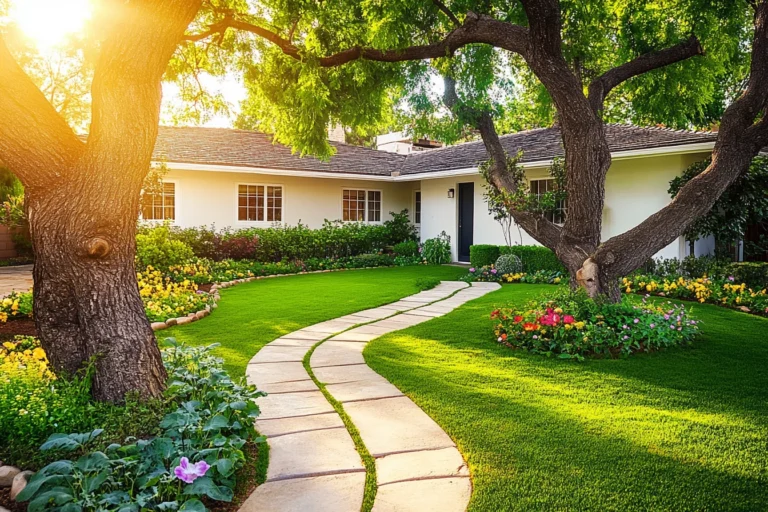Common Garden Design Blunders and How to Prevent Them
Creating a garden can be an exciting but daunting task. For those enthusiastic gardeners heading out to create their own backyard sanctuary, it can be easy to fall into the pitfalls of gardening. Here we discuss some of the most straightforward ideas to save you committing beginner errors in garden design.
Overlooking Plant Selection
And perhaps the biggest blunder made by those who are new to gardening is neglecting climate and soil compatibility with what plants you grow. By selecting plants that need certain conditions to grow well, though, not only maintenance issues occur but the plants may fail.
How to Avoid This Mistake
- Learn Plants: Research plants, Read up on the needs of the plant including sunlight particles, water consumption thingy and soil for planting.
- Local Knowledge: Talk to your local Garden Center or Gardening Clubs for plants that will do well in you region.
Ignoring Scale and Proportion
Focal points and plants are often planted without considering how they will scale with other components in the garden. A large plant used too close together can be overwhelming to a small garden, yet it could tend to get lost in the expansive space of an average or larger-sized plot.
Tips for Proper Scale
- Drawing Up Your Plan: Scale Drawing of the Garden to Fit in Different plants and Building
- The Mix Height: Incorporating different heights of plants to add level and dimension.
Lack of a Cohesive Theme
A garden without a cohesive theme can appear fragmented and disordered. Without a clear vision, this can quickly become entirely too eclectic with no rhyme or reason to the planting design.
Establishing a Theme
- Pick One Style: Pick a style like cottage, modern or tropical so you have something to follow.
- Use color Palette: Stick to a pallet of either warm or cool colors that is around the space.
Neglecting Practical Elements
Garden design is not just about aesthetics but also functionality. A well-used space in a garden Paths, seating and lighting are all important aspects that can help turn your mind to practical usability for gardens.
Creating a Functional Garden
- Design Walkways: Lay out a direct, high-low slip-free course that is compatible with how people behave in your garden.
- Adding Seating: Create intimate seating areas to sit and enjoy your hard work
Forgetting About Maintenance
Maintenance is an aspect that many gardeners underestimate in their designs. This could lead to frustration and fatigue as we just end up with plants that are too high maintenance or set ups way more complex than anyone should start out.
Streamlining Maintenance
- Stick To Low-Maintenance Plants: For the busy bee in you, opt for those that require less care.
- Choose your Design Wisely: If you are designing a lawn opt for xeriscaping or try mulching to waste less time with water and weeding.
Conclusion
Like any art form, a beautiful garden is an exercise in design and requires the careful consideration of what you are going to paint. The common designing errors we learn about in this post, coupled with a willingness to avoid them can help you put together an attractive garden that will grow successfully over the years. Have fun with it, and happy gardening!

